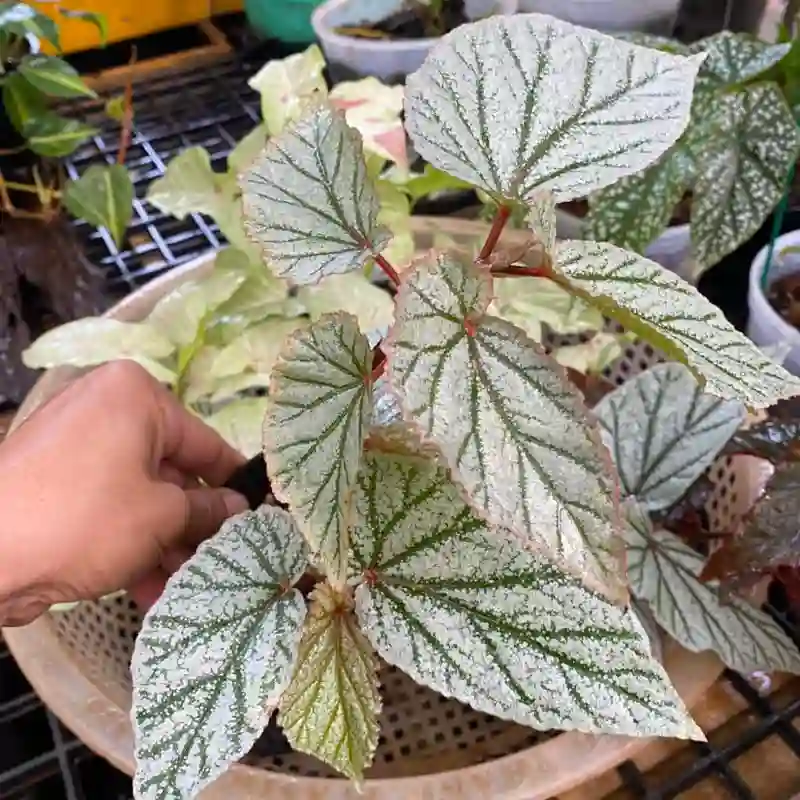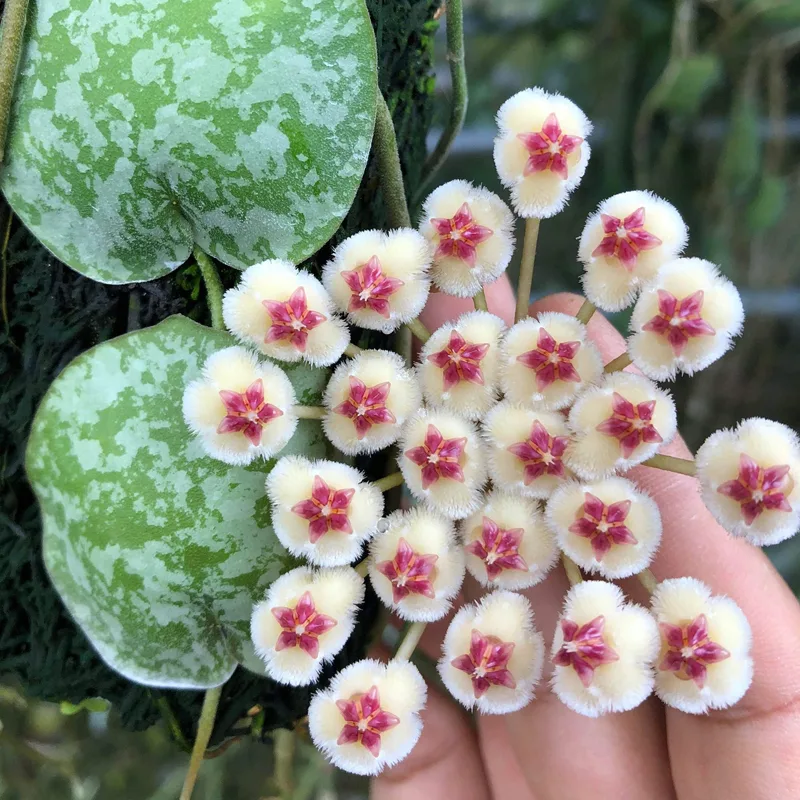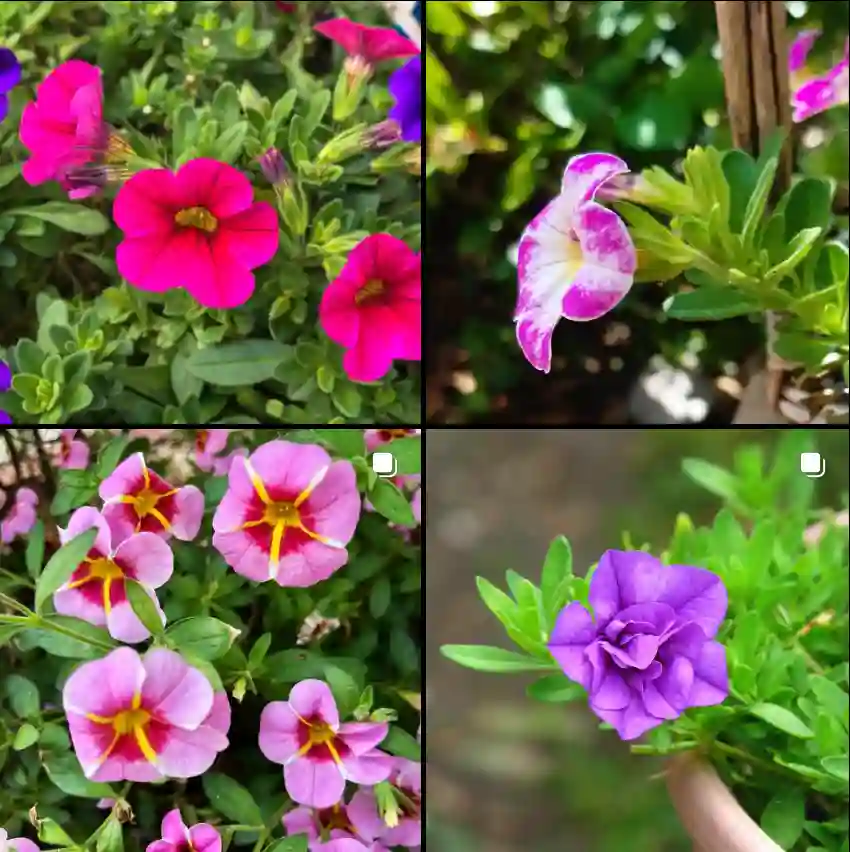Gossypium: A Deep Dive into the Genus That Clothes the World
I’ve always been fascinated by the natural world, especially the plants that provide us with so many essential resources. One genus that has always held my interest is Gossypium, the source of cotton, a fiber that has clothed and comforted humanity for millennia. The more I learn about Gossypium, the more I appreciate its diversity, its resilience, and its crucial role in our history and economy.
Gossypium belongs to the Malvaceae family, which also includes hibiscus and okra. It’s a genus of flowering plants that thrive in tropical and subtropical regions around the globe. While we often associate cotton with fluffy white bolls, the genus encompasses a surprising variety of forms, from small shrubs to towering trees. This incredible diversity is a testament to Gossypium’s adaptability and evolutionary success.
A World of Cotton: Exploring the Species
One of the most captivating aspects of Gossypium is the sheer number of species it contains. There are roughly 55 recognized species within the genus, each with its own unique characteristics and distribution. Some of the most notable species include:
- Gossypium anapoides J.M.Stewart, Craven, Brubaker & Wendel
- Gossypium anomalum Wawra & Peyr.
- Gossypium arboreum L.
- Gossypium areysianum Deflers
- Gossypium aridum (Rose & Standl.) Skovst.
- Gossypium australe F.Muell.
- Gossypium barbadense L.
- Gossypium bickii (F.M.Bailey) Prokh.
- Gossypium bricchettii (Ulbr.) Vollesen
- Gossypium californicum Mauer
- Gossypium contextum O.F.Cook & J.W.Hubb.
- Gossypium costulatum Tod.
- Gossypium cunninghamii Tod.
- Gossypium darwinii G.Watt
- Gossypium dicladum O.F.Cook & J.W.Hubb.
- Gossypium ekmanianum Wittm.
- Gossypium enthyle Fryxell, Craven & J.M.Stewart
- Gossypium exiguum Fryxell, Craven & J.M.Stewart
- Gossypium gossypioides (Ulbr.) Standl.
- Gossypium harknessii Brandegee
- Gossypium herbaceum L. Plant FAQs: Gossypium Herbaceum
- Gossypium hirsutum L.
- Gossypium hypadenum O.F.Cook & J.W.Hubb.
- Gossypium incanum (O.Schwartz) Hillc.
- Gossypium irenaeum Lewton
- Gossypium klotzschianum Andersson
- Gossypium laxum L.Ll.Phillips
- Gossypium lobatum Gentry
- Gossypium londonderriense Fryxell, Craven & J.M.Stewart
- Gossypium longicalyx J.B.Hutch. & B.J.S.Lee
- Gossypium marchantii Fryxell, Craven & J.M.Stewart
- Gossypium morrilli O.F.Cook & J.W.Hubb.
- Gossypium mustelinum Miers ex G.Watt
- Gossypium nelsonii Fryxell
- Gossypium nobile Fryxell, Craven & J.M.Stewart
- Gossypium patens O.F.Cook & J.W.Hubb.
- Gossypium pilosum Fryxell
- Gossypium populifolium (Benth.) F.Muell. ex Tod.
- Gossypium pulchellum (C.A.Gardner) Fryxell
- Gossypium raimondii Ulbr.
- Gossypium robinsonii F.Muell.
- Gossypium rotundifolium Fryxell, Craven & J.M.Stewart
- Gossypium schwendimanii Fryxell & S.D.Koch
- Gossypium somalense (Gürke) J.B.Hutch., Silow & S.G.Stephens
- Gossypium stephensii J.P.Gallagher, C.E.Grover & Wendel
- Gossypium stocksii Mast.
- Gossypium sturtianum (R.Br.) J.H.Willis
- Gossypium thurberi Tod.
- Gossypium timorense Prokh.
- Gossypium tomentosum Nutt. ex Seem.
- Gossypium trifurcatum Vollesen
- Gossypium trilobum (DC.) Skovst.
- Gossypium triphyllum (Harv.) Hochr.
- Gossypium turneri Fryxell
- Gossypium vollesenii Fryxell
From Boll to Fabric: The Journey of Cotton
The process of transforming raw cotton bolls into the soft fabrics we know and love is a fascinating journey. After the cotton bolls mature and open, the fibers are harvested, typically by hand or machine. These fibers, attached to the cotton seeds, undergo a process called ginning to separate the fibers from the seeds.
Once ginned, the cotton fibers are cleaned and aligned, then spun into yarn. This yarn is then woven or knitted into a variety of fabrics, from lightweight cotton voile to durable denim. The versatility of cotton fibers allows for the creation of textiles with a wide range of textures and properties.
The Impact of Cotton: A Global Perspective
Cotton has played a pivotal role in human history, shaping economies, trade routes, and even social structures. The Industrial Revolution was fueled in part by innovations in cotton production, such as the cotton gin, which dramatically increased efficiency.
Today, cotton remains a vital agricultural commodity, supporting millions of livelihoods around the world. However, cotton production also faces challenges, including environmental concerns related to water use and pesticide application. As we move forward, it’s crucial to find sustainable practices that ensure the long-term viability of cotton cultivation.
Looking Ahead: The Future of Gossypium
Despite the challenges, the future of Gossypium looks promising. Researchers are constantly working to improve cotton varieties, developing traits like drought resistance and increased yield. There’s also growing interest in organic cotton and other sustainable farming practices.
As we continue to learn more about this remarkable genus, we can harness its potential to create a more sustainable and equitable future. By understanding the diversity and complexity of Gossypium, we can ensure that it continues to provide us with comfort and resources for generations to come.
If i die, water my plants!



